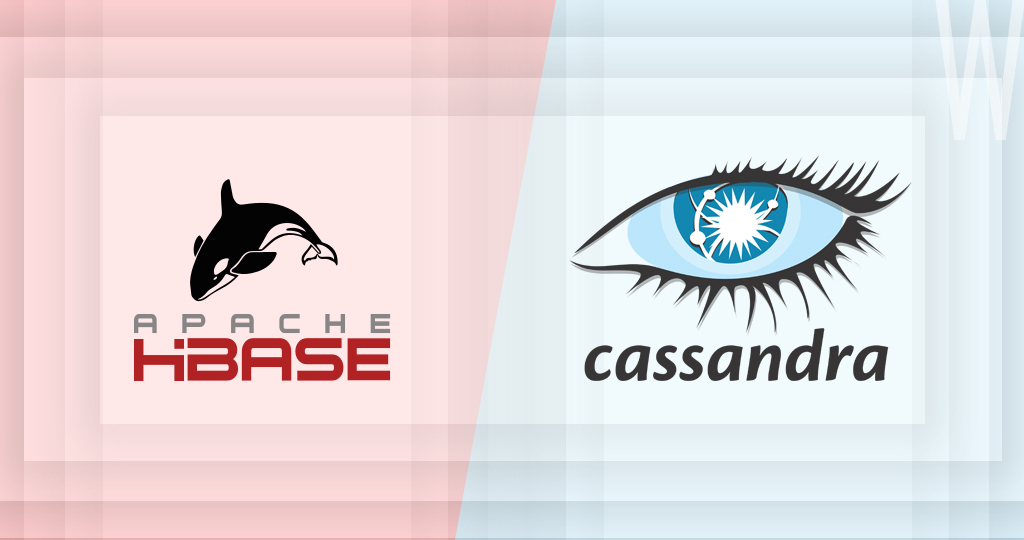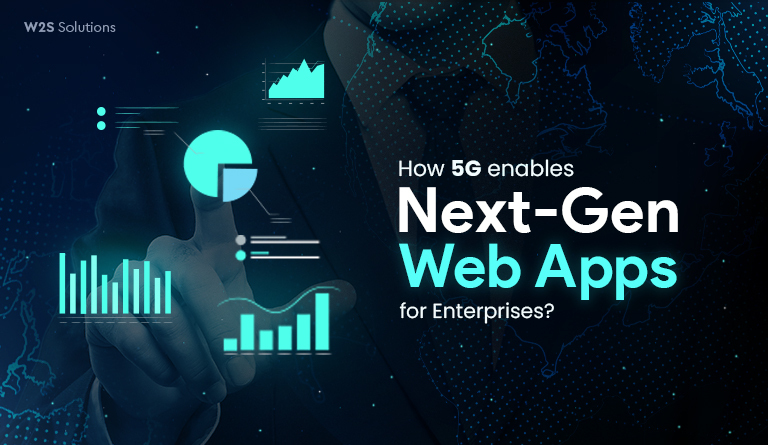TABLE OF CONTENT
Choosing the right database management system is crucial for ensuring the success of your app development project. With a number of options available, it can be challenging to pick the ideal system that aligns with your project’s requirements. In this article, we will get into a detailed comparison between the two popular NoSQL databases, HBase and Cassandra, exploring their essentials, architectures, performance, and more. By the end of this article, you will have a better understanding of when and why to use each of these databases.
HBase: A Dynamic Column-Based Database
HBase is a distributed, scalable, and column-based database known for efficiently managing structured data. It is designed to handle vast data sets distributed across multiple servers. HBase can keep working well, even if the servers don’t work together perfectly.
HBase Architecture
HBase utilizes two primary processes to ensure ongoing operations –
Region Server: This component can support various regions, with each region corresponding to a specific range of consecutive RowKeys. It incorporates essential elements like Persistent Storage, MemStore, BlockCache, and Write Ahead Log (WAL) to ensure data durability.
Master Server: As the primary server of Apache HBase, it manages the distribution of regions across Region Servers, monitors regions, and coordinates various essential tasks. To facilitate communication between services, Apache ZooKeeper is employed for configuration and service synchronization.
Apache Cassandra: A Hash-Based NoSQL System
Cassandra is a type of NoSQL database that’s built to store data in a dependable and expandable way. It uses something called key spaces, which are a bit like the organization of data in regular databases, and it can handle multiple sets of data, sort of like how tables work in regular databases.
Apache Cassandra Architecture
Cassandra is built on a peer-to-peer distributed system consisting of nodes in a cluster. Each node can accept read or write requests and communicates state information about itself and other nodes through a peer-to-peer gossip communication protocol. Cassandra’s data model centers around a Log Structured Merge storage engine, comprising components such as Memtable, Commit log, SSTables, and Compaction.
Similarities Between HBase and Cassandra
Before we get to their differences, let’s highlight some key similarities between HBase and Cassandra:
Database Type: Both HBase and Cassandra are open-source NoSQL databases capable of handling large data sets and non-relational data, including images, audio, and videos.
Scalability: HBase and Cassandra exhibit high linear scalability, allowing users to handle larger data volumes by increasing the number of nodes in the cluster.
Replication: Both databases use replication to safeguard against data loss. Data written on one node is replicated on multiple nodes in the cluster, ensuring data availability even after node failures.
Coding: HBase and Cassandra are both column-oriented databases with similar write paths, involving logging write operations for durability.
Distinguishing Factors Between HBase and Cassandra
Now, let’s explore the key differentiating factors that set HBase and Cassandra apart:
Architecture: HBase follows a master-based architecture, while Cassandra adopts a masterless approach, eliminating single points of failure. HBase clients communicate directly with slave servers, offering continued functionality even if the master fails.
Data Models: While the terminology is somewhat similar, HBase and Cassandra have fundamental differences in data models. For instance, Cassandra’s column is similar to HBase’s cell, and HBase’s column qualifier is comparable to Cassandra’s super column.
Query Language: Both HBase and Cassandra use the JRuby shell, but Cassandra’s query language, CQL (Cassandra Query Language), offers more features and functionality compared to HBase’s query language.
Performance – Read & Write Capability: When comparing performance, Cassandra excels in write operations, as it writes to log and cache simultaneously. In contrast, HBase has an advantage in consistent and fast reads since it writes to only one server, eliminating the need to compare data versions across nodes.
Security: HBase offers cell-level access control, while Cassandra provides row-level access control. HBase administrators assign visibility labels to data sets and inform user groups about which labels they can access, while Cassandra assigns user roles and conditions.
Infrastructure: HBase relies on the Hadoop infrastructure, while Cassandra incorporates various operations and infrastructure components. Cassandra applications often use Storm or Hadoop, and its infrastructure is based on a single node type structure.
Support: HBase lacks support for ordered partitioning, which Cassandra offers. Ordered partitioning can result in larger row sizes in Cassandra.
Nodes: In Cassandra, users must designate seed nodes for inter-cluster communication, while HBase employs multiple master nodes to monitor and coordinate region server actions.
Internode Communication: Cassandra uses the Gossip Protocol for internode communication, whereas HBase relies on the Zookeeper Protocol, with a single node acting as the coordinator.
Transactions: Cassandra supports lightweight transactions with mechanisms like Row-Level Write Isolation and Compare and Set, while HBase employs mechanisms like Check and Put and Read Check Delete.
Documentation: Cassandra’s documentation is considered more comprehensive and user-friendly compared to HBase’s documentation.
Choosing Between HBase and Cassandra
The decision to use HBase or Cassandra depends on the specific application type and expected outcomes. Here’s when to use each database:
Use HBase when:
- Consistency in large-scale reads is essential.
- Your project involves batch processing and MapReduce, as HBase has a direct relationship with Hadoop Distributed File System (HDFS).
- Use cases include online log analytics, write-heavy applications, and managing a large volume of data, such as social media posts.
Use Cassandra when:
- High availability of large-scale reads is a priority.
- You prefer minimal setup and lower administration overhead, making it easier to get started.
- Your project involves real-time, interactive data processing.
- Use cases encompass messaging systems, e-commerce websites, and real-time sensor data.
Key Takeaways
HBase and Cassandra are popular NoSQL databases capable of handling large data sets and non-relational data like images and videos.
HBase follows a master-based architecture, while Cassandra uses a masterless approach, eliminating single points of failure.
HBase provides cell-level access control, while Cassandra offers row-level access control, with differences in user roles and conditions.
The choice between HBase and Cassandra depends on your project’s specific requirements, such as the need for consistency, high availability, and the type of data you’re managing.
Conclusion
The choice between HBase and Cassandra ultimately depends on your project’s specific requirements, performance expectations, and the type of data you need to manage. Both databases offer unique features and capabilities that cater to different use cases. Whether you prioritize consistency, high availability, or interactive data processing, understanding the differences between HBase and Cassandra is crucial for making an informed decision.
At W2S Solutions, we take pride in our expertise in providing software solutions that harness the strengths of both HBase and Cassandra. As a leading Enterprise Software Development Company, we understand the significance of employing the right tools and technologies to deliver exceptional results. We make use of the power of HBase for clients who require consistency in handling large-scale data while tapping into Cassandra’s strengths for projects demanding high availability and real-time data processing. This balanced approach enables us to provide our clients with the best of both worlds, ensuring their software applications remain reliable and efficient.
Frequently Asked Questions
Get inspired!
Subscribe to our newsletter and get updates on how to navigate through disruption and make digital work for your business!






